This Week in History recalls memorable and decisive events and personalities of the past.
21st April 753 BC – Romulus founds Rome (traditional date)
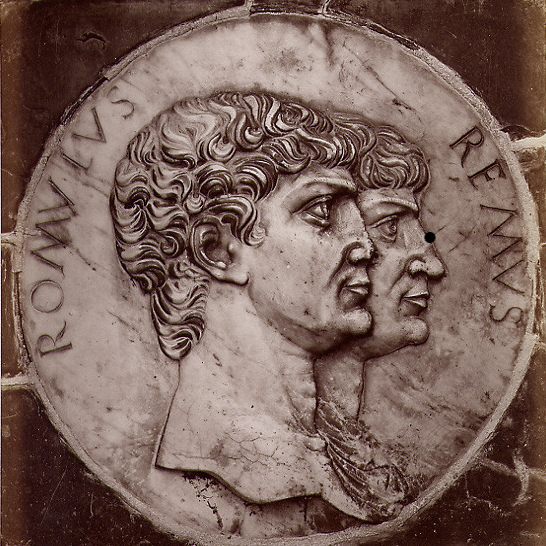
The Eternal City, where all roads lead; Rome. Few cities in world history have had such an enduring impact on the history of the planet.
Today the city is smaller than Johannesburg in terms of population and yet its legacy is felt all across time. From humble beginnings, the city of Rome grew to build one of the world’s largest and most influential empires and despite the fall of that empire managed to establish itself as an important city and one of the centres of Christianity in the world, and the seat of the Papacy.
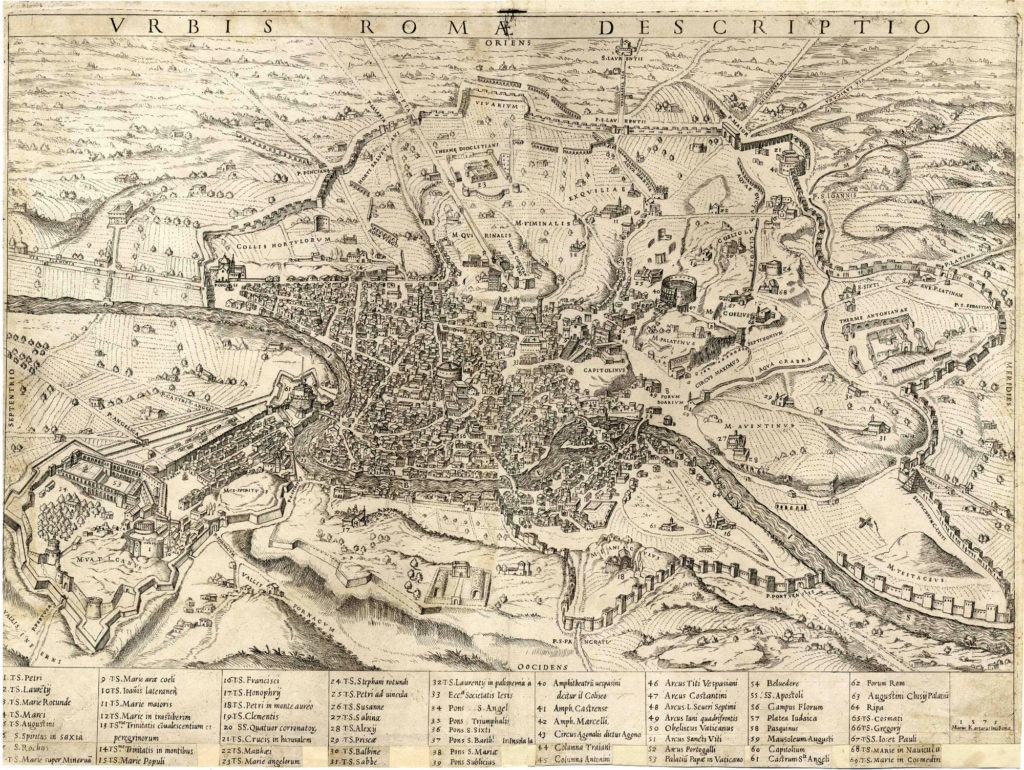
Unlike much ancient history, the story of Rome is very clearly laid out for us, as the Romans were prolific history writers. The Romans themselves were very sure that the city was founded on 21 April, the date of the festival of the goddess of shepherds. They were less sure of the specific year, with guesses ranging from 814 BC to 751 BC
The Romans’ official version of their early history was that Trojans fleeing the sack of Troy settled in Italy, and that from one of these Trojan communities were born twins, Romulus and Remus. These twins, allegedly born of the god of war, Mars, were prophesied to overthrow their king and so were left in the wilderness to die. However, they were rescued by a she-wolf, which suckled them as infants.
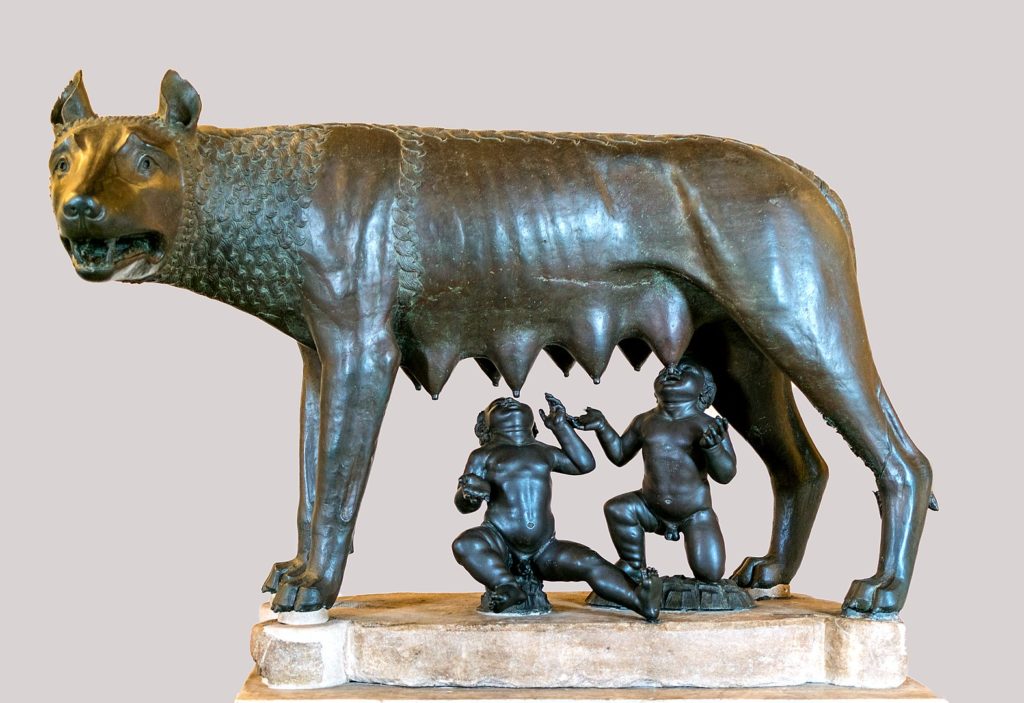
They were then adopted by a shepherd and later grew into heroic natural leaders who set out to found their own city.
The twins arrived at a spot between seven hills in central Italy, along the Tiber River. They argued about which hill to settle on, Romulus wanting to settle on the Palatine Hill, and Remus preferring the Aventine Hill. The dispute escalated; Romulus murdered Remus, and founded the city on the Palatine Hill, naming it after himself: Rome.
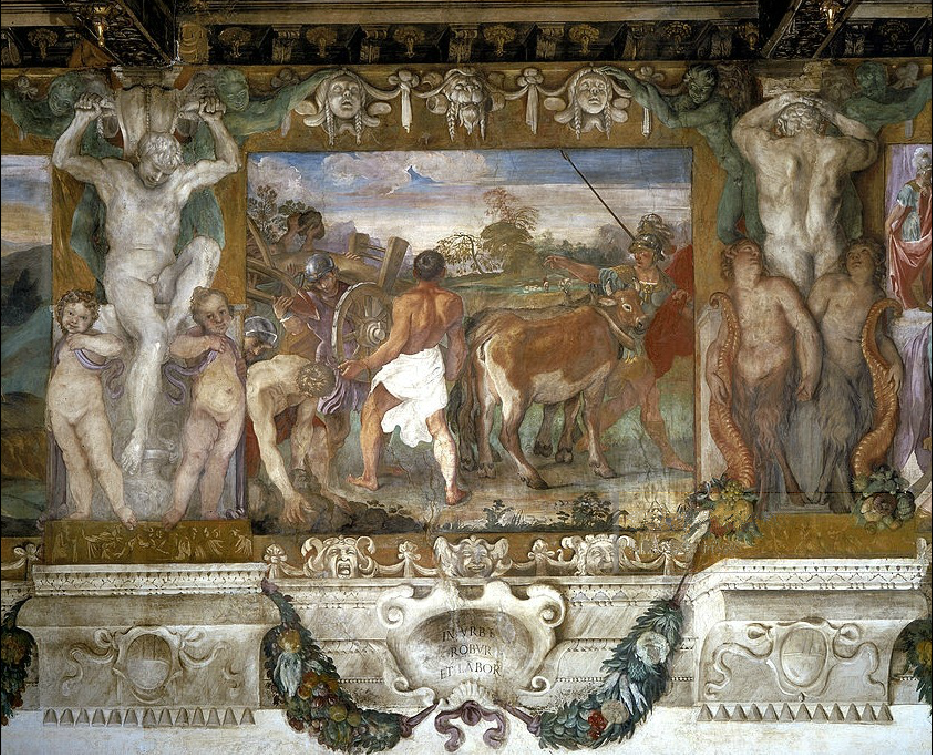
Romulus is then said to have ruled Rome as its king for 37 years and was followed by six monarchs who each ruled for many decades until the reign of Lucius Tarquinius Superbus. Superbus committed crimes against the Roman people and was overthrown by the Senate, which declared that from that time on, Rome would be a republic. This was in the year 509 BC.
This neat story, from Romulus to the founding of the republic, is almost certainly a fabrication invented by the Romans to fill out parts of their history that were lost. In the year 387 BC the Celtic Senones tribe sacked Rome and nearly destroyed it entirely. During this sacking, almost all the records of the previous years of Roman history were lost, and the story we know today is likely a neat creation myth invented sometime after the sacking to establish Rome’s ‘divine’ origin.
Modern historians believe that humans have lived around the site of ancient Rome from as long as 14 000 years ago. However, the archaeological remains of these ancient peoples is not well explored due to the dense layer of younger ruins under the city as a result of its long history.
Historians believe that sometime between the Bronze Age and Iron Age, various settlements were established on each of the seven hills of Rome by an Italic tribe known as the Latins. These peoples were farmers, taking advantage of the fertile soil of the nearby Tiber River, and the trade between the Sabines and Samnites to the south and the Etruscans to the north.
The seven villages of pre-Rome merged together to form the city of Rome sometime in the middle of the 8th century BC, close to the traditional date of the founding of Rome – suggesting there may be echoes of truth in the traditional Roman version of the city’s history.
For the first centuries of its existence, the city of Rome was in many ways unremarkable, and indistinguishable from its neighbours. It struggled occasionally against them but remained small and fairly insignificant for a very long time. However, from the beginning, Rome had a strong martial culture and was routinely at war with either the other Latin tribes, or their neighbours the Etruscans and Sabines.

In 393 B.C., the Romans managed to subdue the lands to the south of Rome and from that point on became a major player in the politics of Italy.
Over time the Romans emerged as a power, in part because of their complex republican system, which allowed greater buy in from the entire Roman population. They also used Roman citizenship as a valuable commodity, endowing it with many benefits and trading it away to subject people’s in return for loyalty. Lastly the Romans combined their martial culture with a very pragmatic approach to warfare which saw them quickly adopt the tactics of their enemies where appropriate.
While originally the Romans fought wars much as the other Italic tribes, they would go on to adopt the hoplite tactics of the Greeks, and eventually would innovate on these by learning from the Samnite tribesmen to create the maniple system, which mixed the strength of hoplites with the flexibility of Samnite warriors.
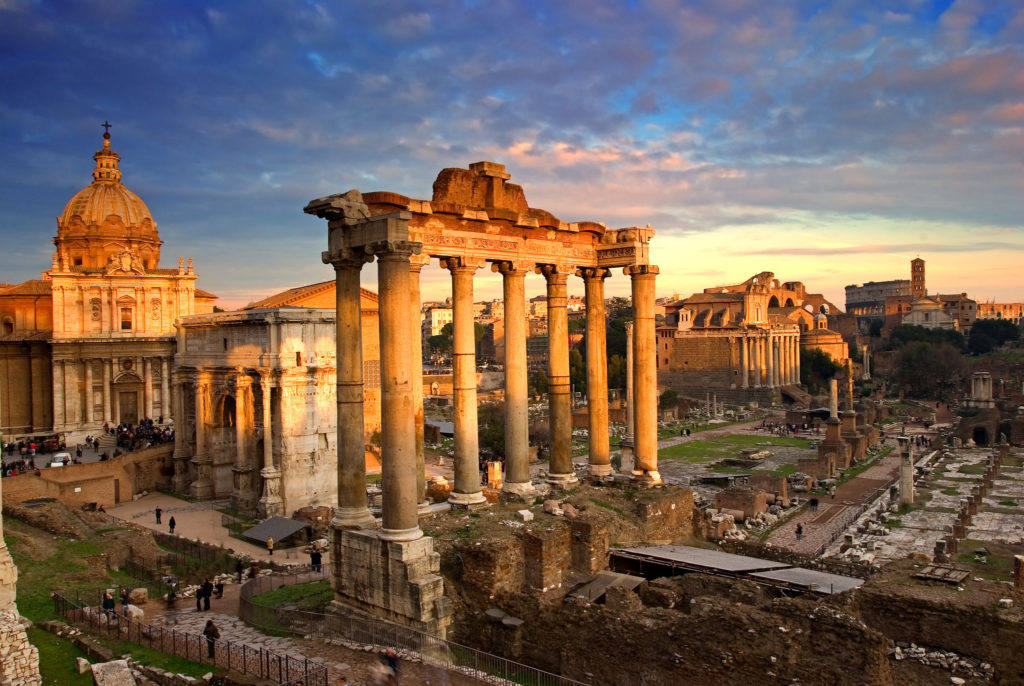
Roman skill at assimilation, warfare and political organisation would be the bedrock on which they would found their mighty empire, an empire whose ideas and structures still echo today in our modern culture, and political and legal systems.
If you like what you have just read, support the Daily Friend

